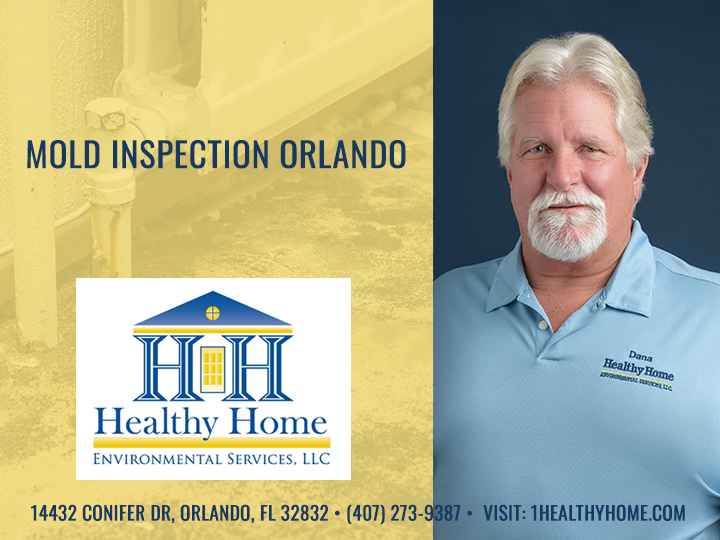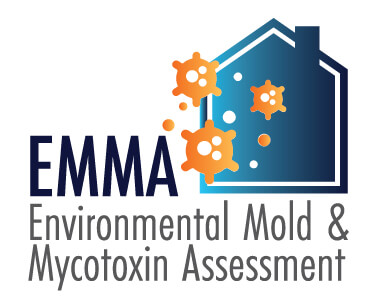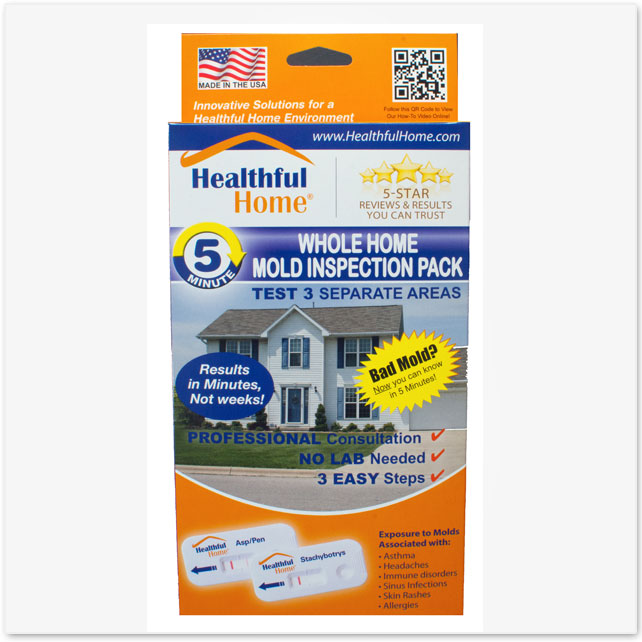Just How Mycotoxin Testing Helps Prevent Contamination and Secure Food Supplies

Mycotoxin screening is a vital technique in the food market, offering as a frontline defense versus contamination by hazardous toxic substances created by mold and mildews. Through the application of sophisticated techniques like High-Performance Fluid Chromatography (HPLC) and Fluid Chromatography-Mass Spectrometry (LC-MS), food producers can accurately discover and evaluate mycotoxin levels in farming products.
Recognizing Mycotoxins
Recognizing mycotoxins starts with recognizing that they are poisonous secondary metabolites produced by certain molds, which can contaminate agricultural items. These metabolites are not crucial for the growth or recreation of the fungi but can have severe implications for human and animal health. Mycotoxins are typically found in staple crops such as corn, wheat, barley, and nuts, where they can proliferate under particular problems of dampness and temperature level.
There are numerous kinds of mycotoxins, each created by different fungal types. Aflatoxins, created by Aspergillus types, are amongst one of the most infamous, recognized for their cancer causing homes. Another significant team includes ochratoxins, generated by Aspergillus and Penicillium types, which have nephrotoxic impacts. Fusarium varieties produce trichothecenes and fumonisins, both of which are related to different intense and chronic wellness concerns.

Risks of Mycotoxin Contamination
The risks of mycotoxin contamination are diverse, positioning significant hazards to both food security and public wellness. Mycotoxins, toxic substances produced by certain types of fungis, can infect a broad variety of agricultural items including grains, nuts, flavors, dried fruits, and coffee.
Financial impacts are one more major worry. Infected crops can cause significant monetary losses for farmers and food manufacturers due to minimized yields and the requirement for pricey decontamination procedures. Worldwide profession can be dramatically hindered as nations implement rigorous mycotoxin policies to secure their populations, leading to turned down deliveries and stretched profession relationships.
Environmental factors such as environment change worsen the threat of mycotoxin contamination. Variants in temperature level and humidity can create beneficial problems for fungal growth, boosting the likelihood of contamination occasions. Hence, understanding and mitigating these threats are essential for making sure the safety and security and honesty of international food products.
Approaches of Mycotoxin Examining
Properly recognizing mycotoxin contamination in farming products is crucial for securing public health and wellness and keeping food safety standards. Various methods are employed to discover and measure mycotoxins, each offering certain advantages and restrictions.
High-Performance Liquid Chromatography (HPLC) is a widely made use of approach as a result of its high level of sensitivity and precision. It entails separating mycotoxins from other substances in an example, enabling precise quantification. Liquid Chromatography-Mass Spectrometry (LC-MS) combines fluid chromatography with mass spectrometry to supply comprehensive molecular information, making it especially helpful for recognizing several mycotoxins all at once.

Gas Chromatography-Mass Spectrometry (GC-MS) and Thin-Layer Chromatography (TENDER LOVING CARE) are likewise utilized, each with unique applications. GC-MS is effective for volatile mycotoxins, while TLC offers a simpler, cost-effective alternative for preliminary screening.
Benefits of Regular Testing
Normal screening for mycotoxins in farming items offers numerous advantages, dramatically adding to public health and wellness and food safety. By determining contamination early, routine screening Homepage aids prevent the circulation of hazardous foods, therefore decreasing the threat of mycotoxin-related ailments among consumers. This aggressive strategy not only safeguards human health yet likewise enhances the total high quality of food products.
Various countries and areas have actually established rigid restrictions for mycotoxin degrees in food and feed. Sticking to these limits with normal testing makes sure that manufacturers and providers meet legal criteria, therefore preventing fines and trade barriers.
Furthermore, normal mycotoxin screening can lead to considerable financial advantages. Early discovery of contamination permits for timely intervention, minimizing possible losses from prevalent contamination. Applying normal testing protocols can likewise reduce recall expenses and relevant responsibilities, which can be financially devastating.
Additionally, routine screening supplies beneficial information that can educate far better farming techniques and storage space problems. By recognizing patterns of contamination, manufacturers can take on precautionary measures, consequently adding and lowering future threats to the sustainability of the food supply chain.
Carrying Out Checking Procedures
Carrying out efficient mycotoxin testing methods is essential for making certain the safety and quality of farming items. Establishing a robust screening structure includes multiple vital steps, starting with the identification of possible contamination factors within the production and supply chain. This consists of pre-harvest, post-harvest, storage space, and distribution phases. Each stage needs to be inspected to pinpoint where mycotoxin contamination is most likely to take place.
When critical control factors are identified, picking proper testing techniques is important. Usual methods consist of enzyme-linked immunosorbent assay (ELISA), high-performance liquid chromatography (HPLC), and mass spectrometry (MS) Each technique has its weak points and toughness; thus, picking the correct one depends upon the specific mycotoxin being examined, the required level of sensitivity, and available sources.

Last but not least, integrating the screening methods into a comprehensive food safety and security administration system is advisable. This boosts traceability and allows swift rehabilitative actions when contamination is detected, consequently protecting the honesty of the food supply chain.
Final Thought
Mycotoxin testing is crucial in avoiding contamination and guarding food products by enabling early detection of dangerous contaminants produced by molds in agricultural products. Regular testing improves brand reputation, monetary security, and trust fund in food safety by minimizing contamination-related losses and maintaining high standards in food production.
Mycotoxin testing is a vital technique in the food sector, offering as a frontline protection versus contamination by dangerous contaminants produced by molds. An integrated approach involving farming techniques, storage space monitoring, and routine testing can reduce the risks associated with mycotoxin contamination, ensuring food safety i thought about this and public wellness.
The dangers of mycotoxin contamination are multifaceted, presenting substantial hazards to both food security and public health and wellness.Routine testing for click to read more mycotoxins in farming items provides various benefits, dramatically adding to public health and wellness and food safety and security.Mycotoxin screening is necessary in stopping contamination and protecting food supplies by making it possible for early detection of unsafe toxic substances produced by mold and mildews in agricultural products.